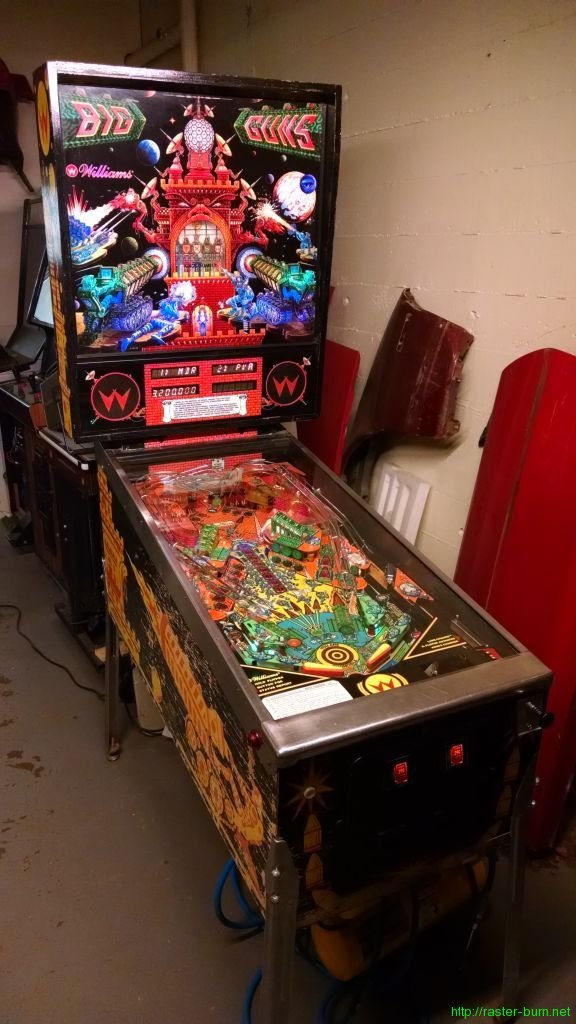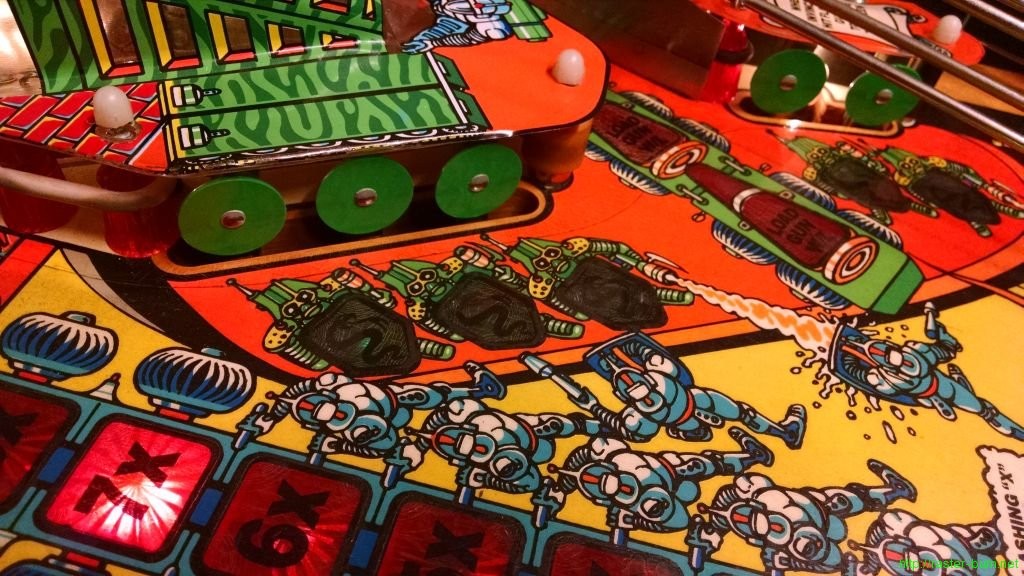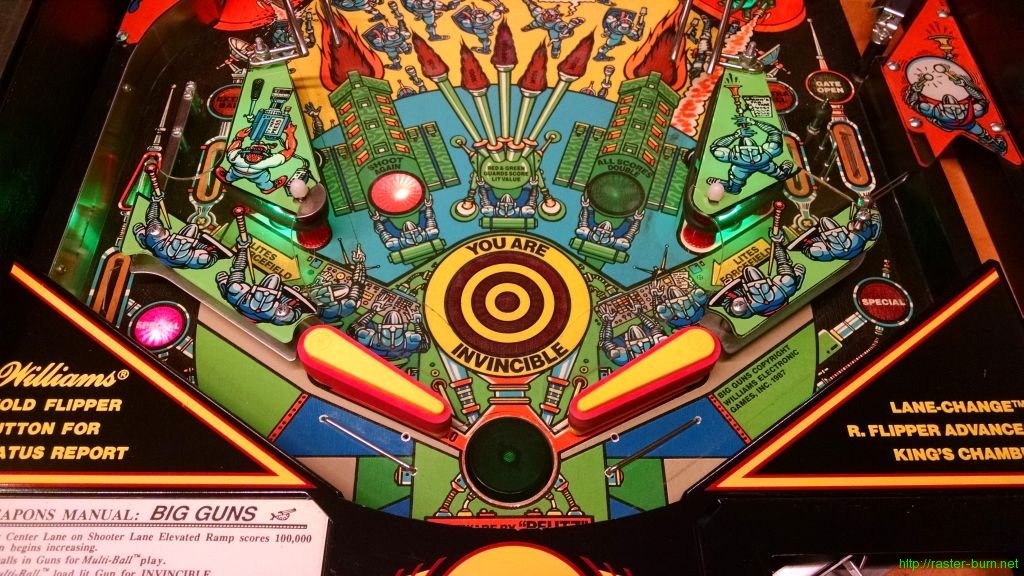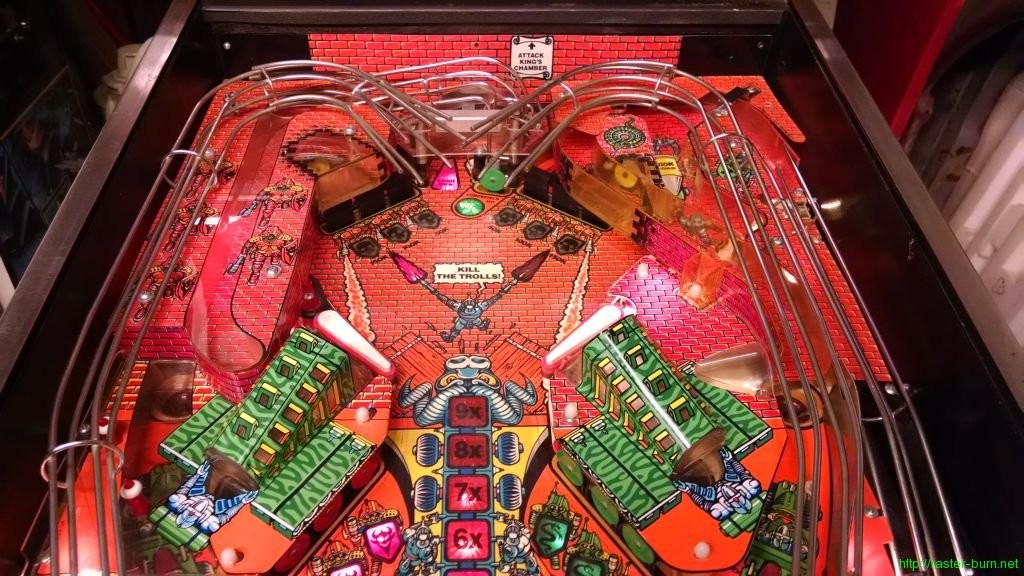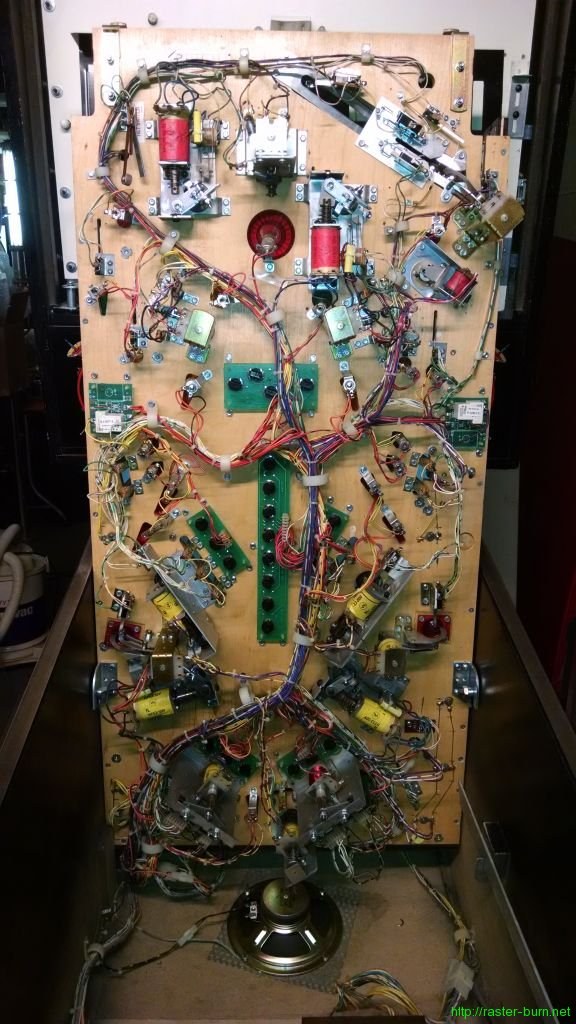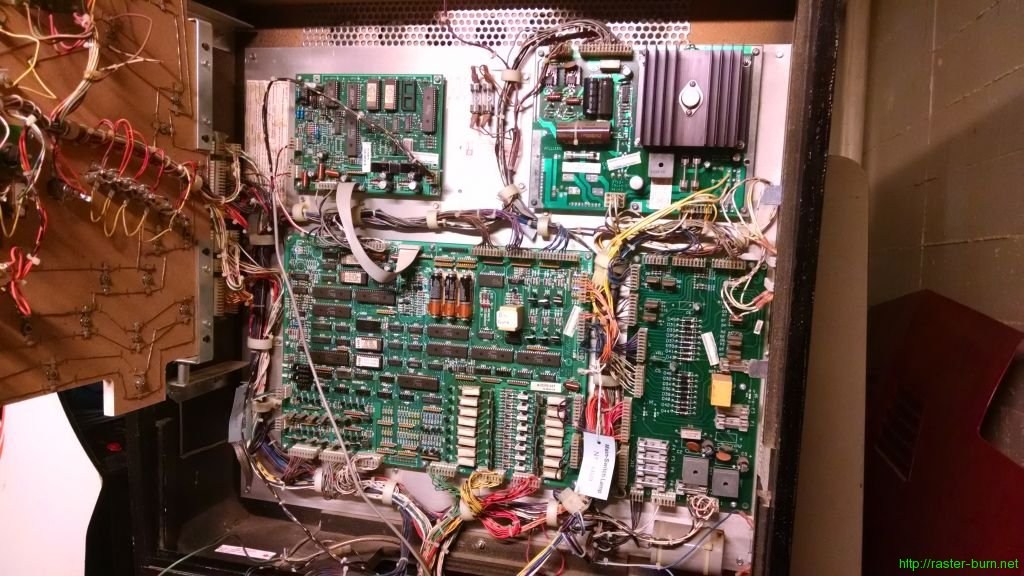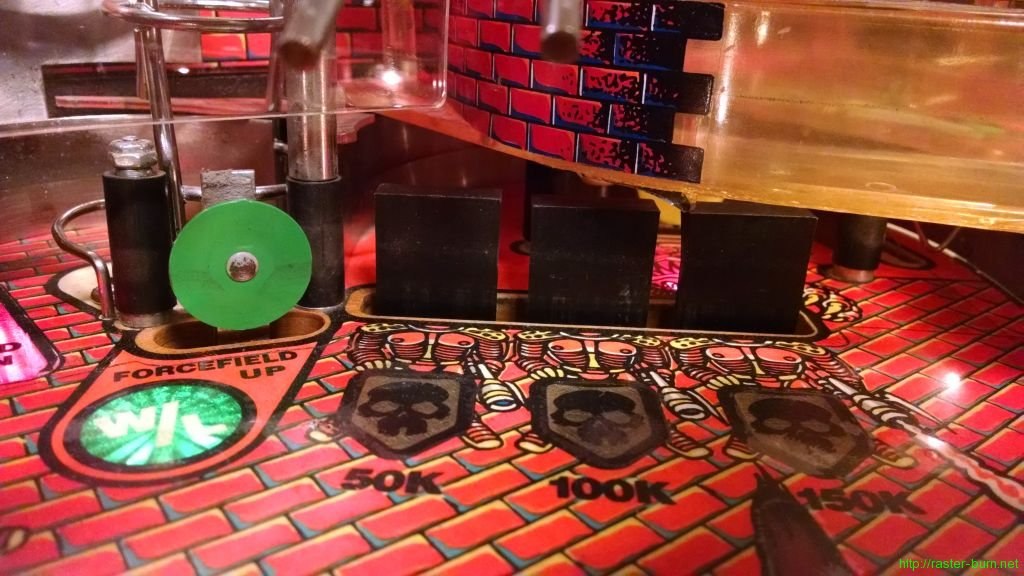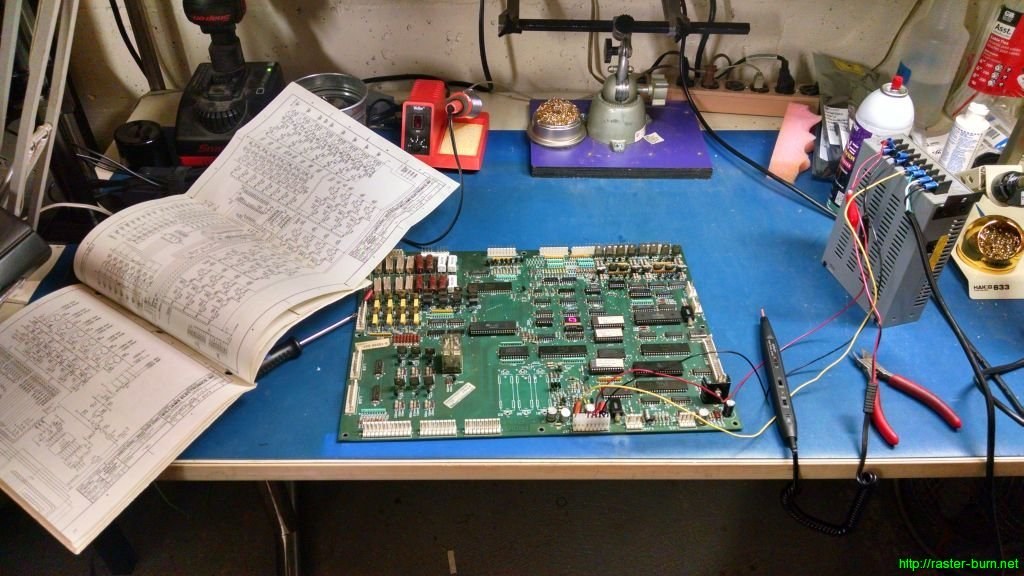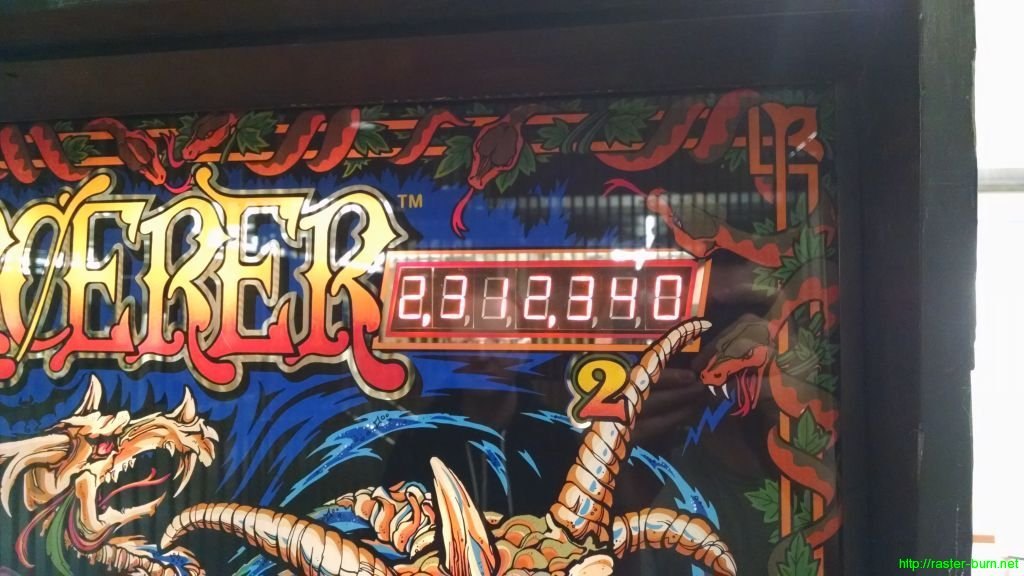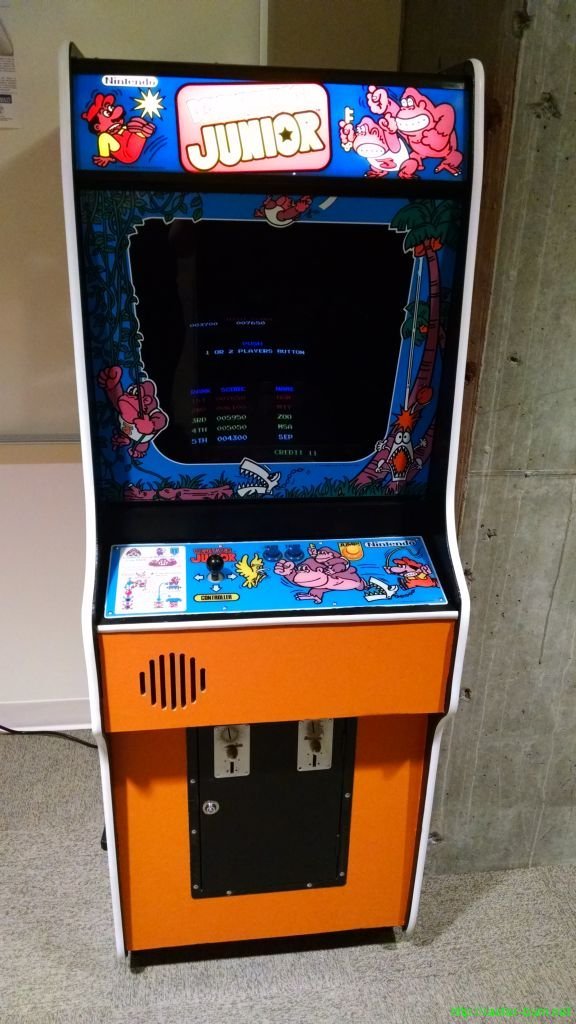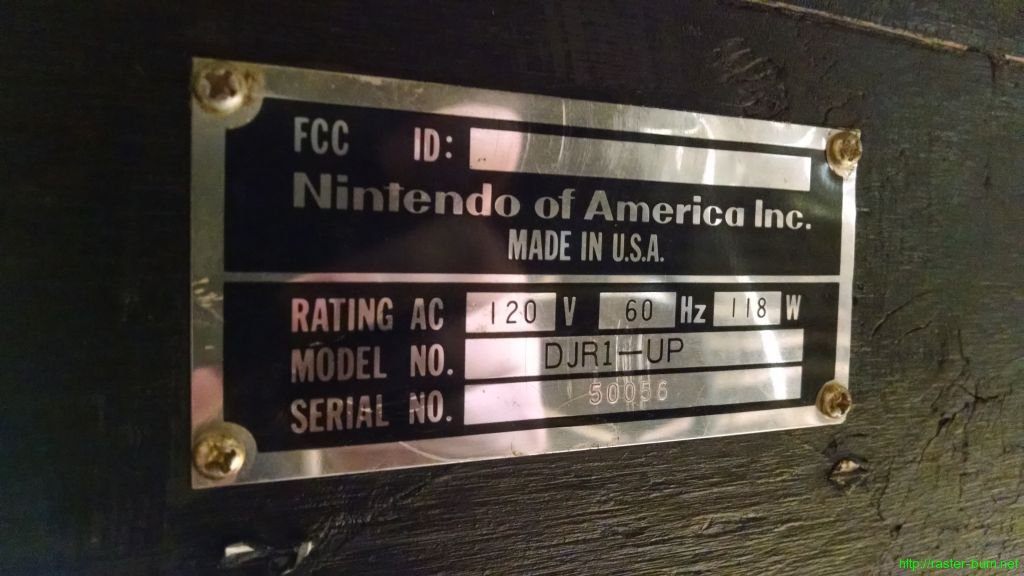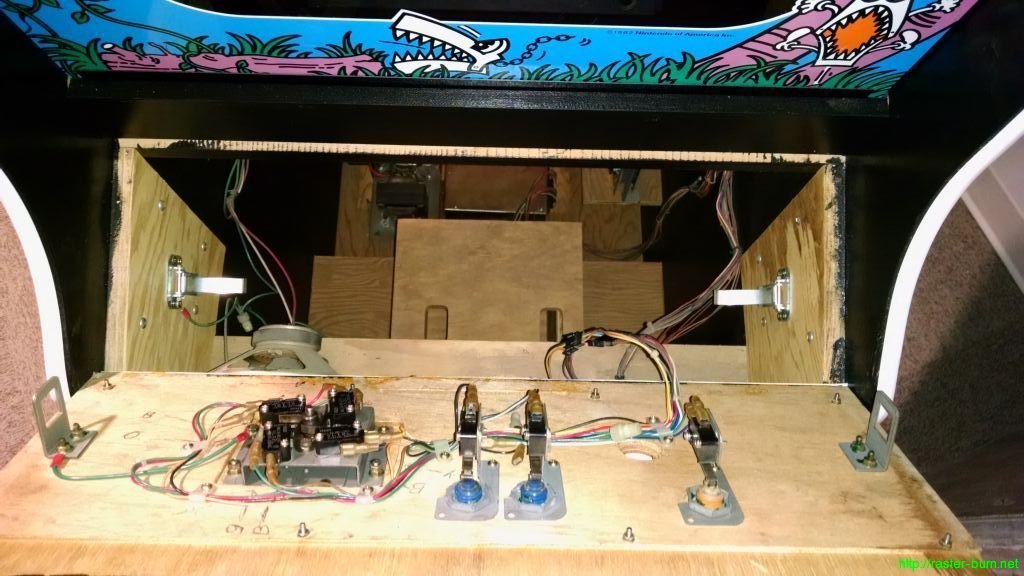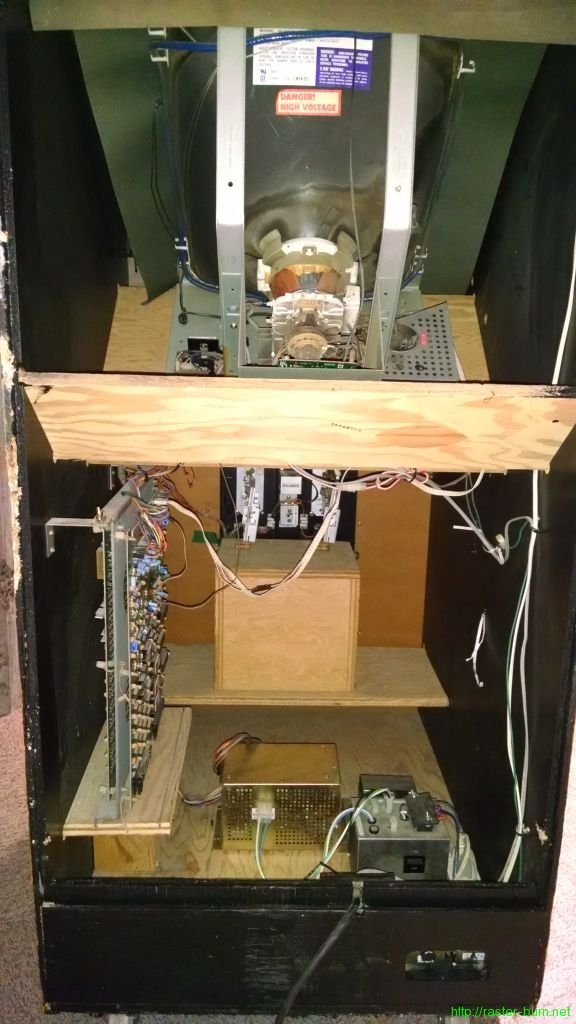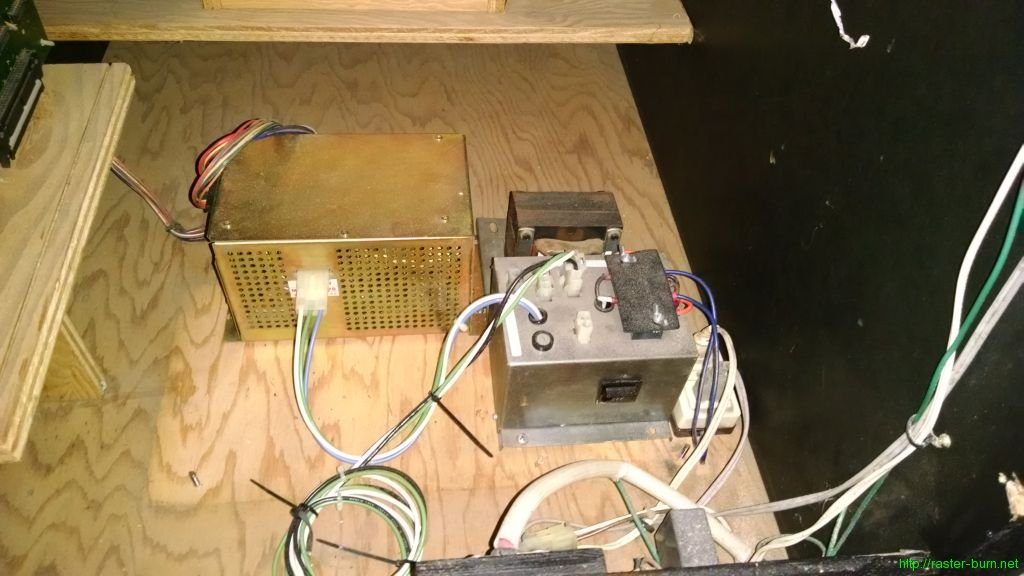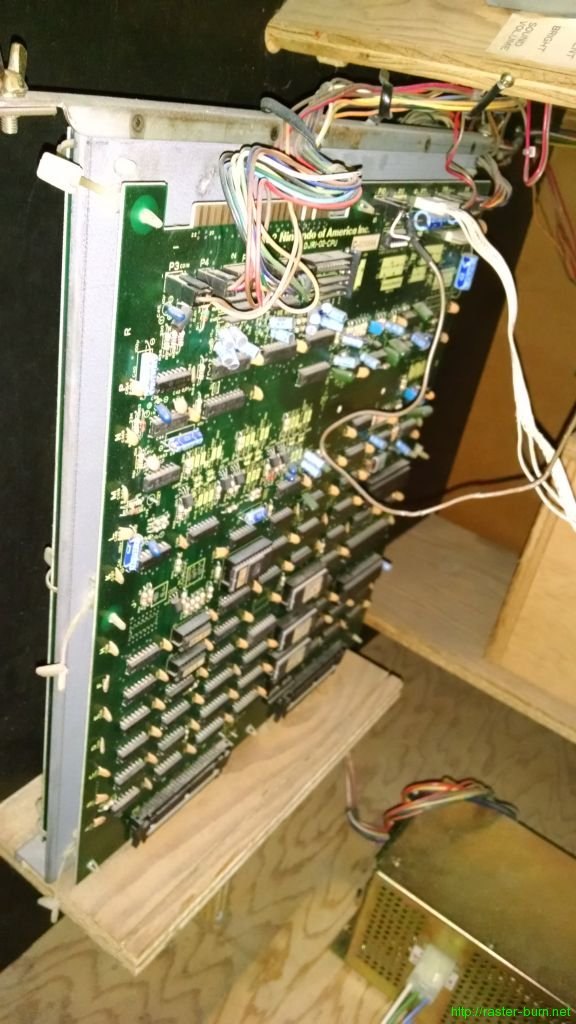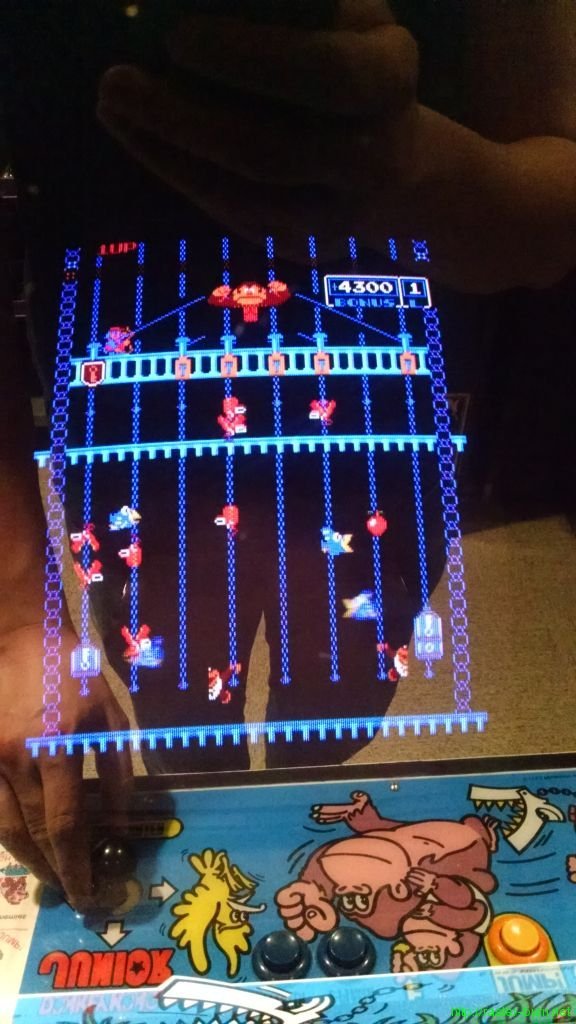I was talking to a guy I do some repair work for and he mentioned he had some pinball machines he was selling… A week passed, and I went back to his place and came back with this:
The exterior of the cabinet isn’t too much to look at. It’s flaking terribly and just looks really bad. Like the plywood is separating or something, I haven’t really seen anything quite like it…
The rest of the game however, is immaculate.
Like I seriously cannot believe this is an almost 30 year old machine.
It plays wonderfully, and looks and feels like it barely has any wear on it. I can only assume it saw very, very little time on location.
Both sides of the playfield are in excellent shape, little sign it’s ever been touched. There’s next to no wear of the art anywhere, and only a few plastics have any damage. Inexplicably about a quarter of the lamps have been replaced with modern LEDs, which is a bit baffling.
The boardset is all numbers matching, and shows no sign of damage or repair. No acid damage either. The first thing I did when I got it home was pull those batteries, cause I definitely don’t want that to change…
I don’t believe it ever even had the target decals installed.
It’ll get fully cleaned, a new rubber kit, and either the LEDs replaced with incandescents, or the LED conversion completed, I’m not quite sure yet… Once all that’s done I’ll probably rotate it in in place Eventually I’d like to pick up a set of stencils and redo the exterior cabinet art, but that’ll have to wait til I have a decent environment to spray in.

